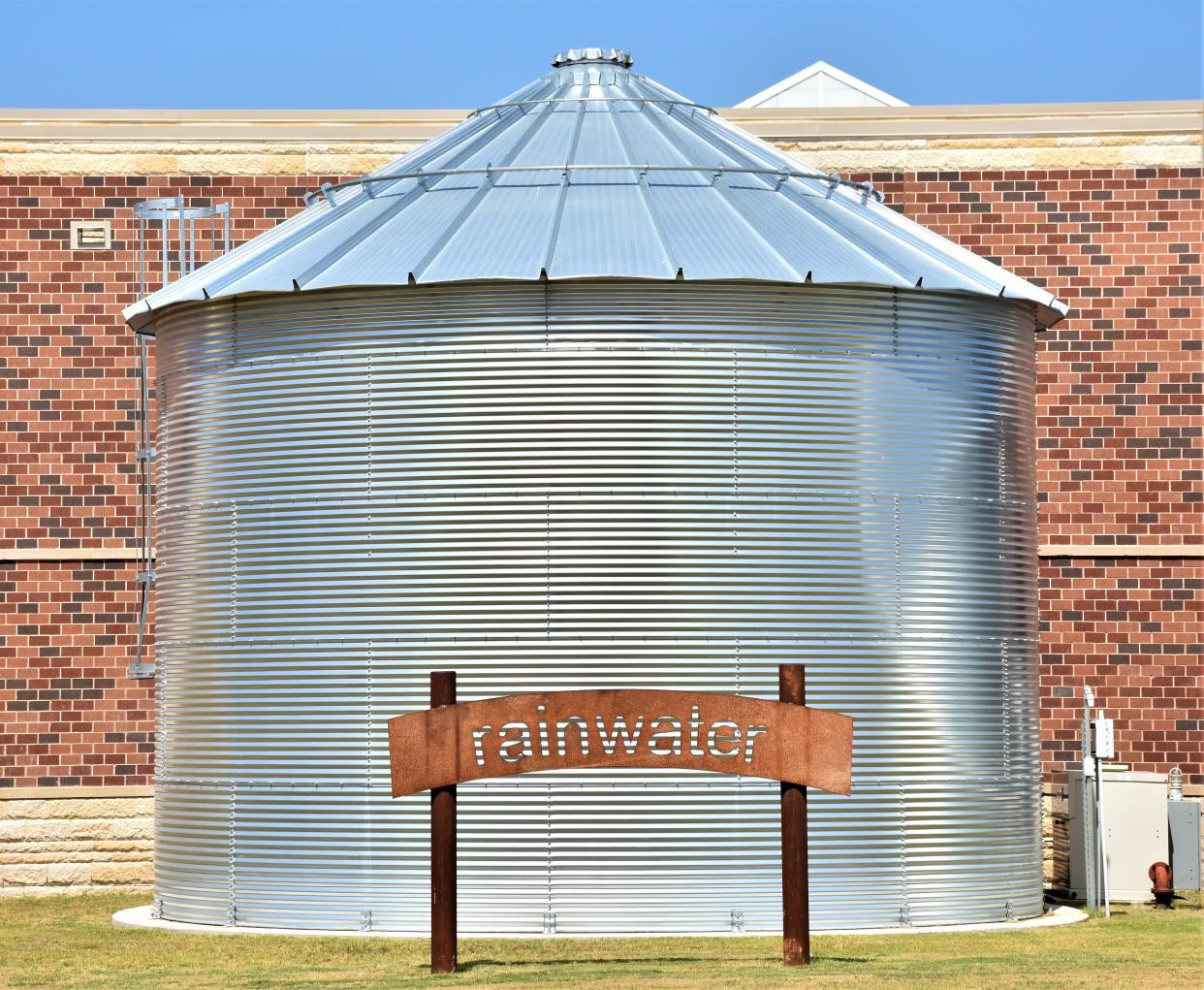Lakeway MUD: Rainwater is for plants, tap water for public health

Severe to extreme drought persists in our area and we’re just a few months away from the scorching heat of summer. With just one good flood our water source supply could recover, but rain is never guaranteed. What if we all learn to do more with less water by making habitual changes to the way we use water that help us hold on to our water supply longer? Our situation sounds dire, but with a change in perspective, it is possible to thrive with less water.

Central Texas is historically plagued by drought with intermittent flooding events, but our current lack of rainfall causing dwindling lake and aquifer levels has become particularly worrisome for many. While water supply has become an increasingly popular topic of conversation, it is something water professionals manage and plan for every day, all year long, no matter the weather pattern. Often undervalued, water is essential for life, so the careful management of its quality and availability is an important and tough job. It’s a job that is also constantly evolving as technology advances, leading to a heightened analysis of data and public buy-in on the need to conserve it.
Water is a rare element in the fact that it can’t be manufactured and while the same amount of water exists on the planet today as it did since the beginning of time, where it is in the water cycle determines how much of it is available for human use. In a perfect world, nature would be allowed enough time to filter our water and adequately distribute it around the world, but, locally, population growth and lifestyle choices that don’t align with changing climate conditions and natural runoff can lead to a supply shortage.
The Lakeway Municipal Utility District, as well as many other water utilities in the area, are undergoing revisions to their drought contingency plan. This plan lays out the strategy that a water supplier develops and implements to monitor and respond to a drought or other temporary water shortage that can severely disrupt the supply of water to its customers. All retail public water suppliers, like Lakeway MUD, are required to have a contingency plan and submit updates every five years to the Texas Commission on Environmental Quality.
Lakeway MUD’s plan is based on standards set by the Lower Colorado River Authority, since they are our wholesale water supplier. We have a firm water customer contract with the LCRA that states how much water we are allowed to pull out of Lake Travis. The watering restrictions of our drought contingency plan adjust based on set “trigger levels” tied to the combined storage levels of lakes Buchanan and Travis, the two water supply reservoirs in the Highland Lakes system. One such update includes an accommodation of a mandate set by LCRA at its Feb. 21, board of directors meeting adopting an amendment to its contingency plan that requires firm water customers to adopt and implement a watering restriction limiting irrigation of ornamental landscapes to no more than once per week anytime the combined storage of lakes Buchanan and Travis drops below 900,000 acre-feet. Finalized plan update submittals are due to the TCEQ by May 1.
On average, the U.S. Environmental Protection Agency estimates 30% to 60% of residential water is used to irrigate lawns. As such, there is an emerging trend to minimize the amount of non-functional grass that makes up traditional landscaping at homes in our area and opt for more beneficial options such as native and adaptive plants. Ordinances are slowly accommodating. For example, last year, at a Lakeway City Council meeting, several ordinances were approved related to building and development services, including the use of united water management, described as “an integrated approach to managing water which includes landscaping with preferred plants, the green infrastructure approach to rainwater capture and management, and greywater systems.” Many other local city governments have adopted similar allowances going so far as to include preferred and prohibited plant selection lists.
Non-potable water, including water harvested from air-conditioning condensate, rainwater, stormwater runoff and recycled water, is the preferred choice for irrigating landscapes. Potable (tap) water is treated to drinking water standards, required for human consumption, but not for irrigating the yard. According to the Texas Water Development Board, an efficient rainwater collection system can capture roughly 1,000 gallons for every inch of rainfall that falls on a 2,000 square-foot roof. With yearly rainfall totals in the Austin area averaging around 35.5 inches, according to the National Weather Service, that would be 35,500 gallons collected for the home’s irrigation use each year.
Through times of drought or plenty, it’s time for potable water to be viewed as integral to public health and, to a lesser extent, a convenience for irrigation. Water utilities aim to ensure a reliable supply of clean water to their communities for drinking, bathing and cooking, as well as other services that support the economy. Homeowners can change their perspective to view landscaped areas as having the potential for functional beauty with a positive environmental benefit, but recognize water is a limited resource so needs to be used wisely.
Written by Stephanie Threinen, public information liaison for the Lakeway Municipal Utility District. Earl Foster is the general manager of LMUD.
This article originally appeared on Austin American-Statesman: Lakeway MUD: Rainwater is for plants, tap water for public health

